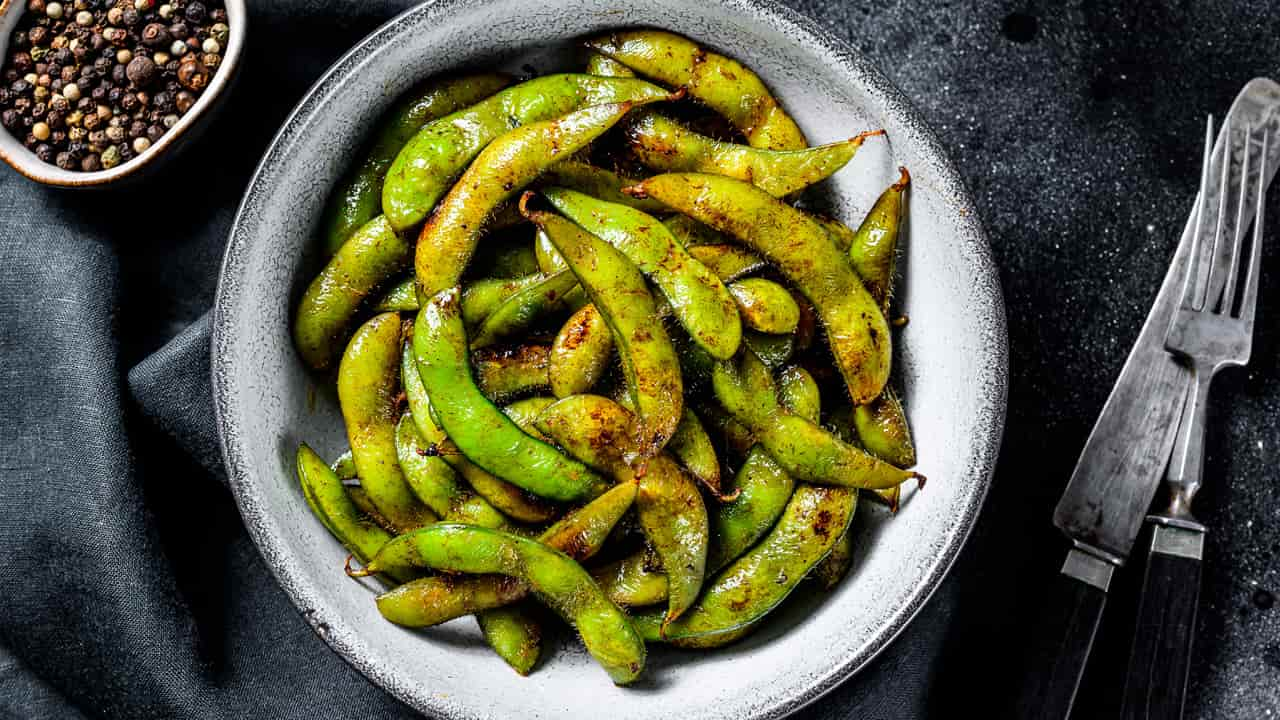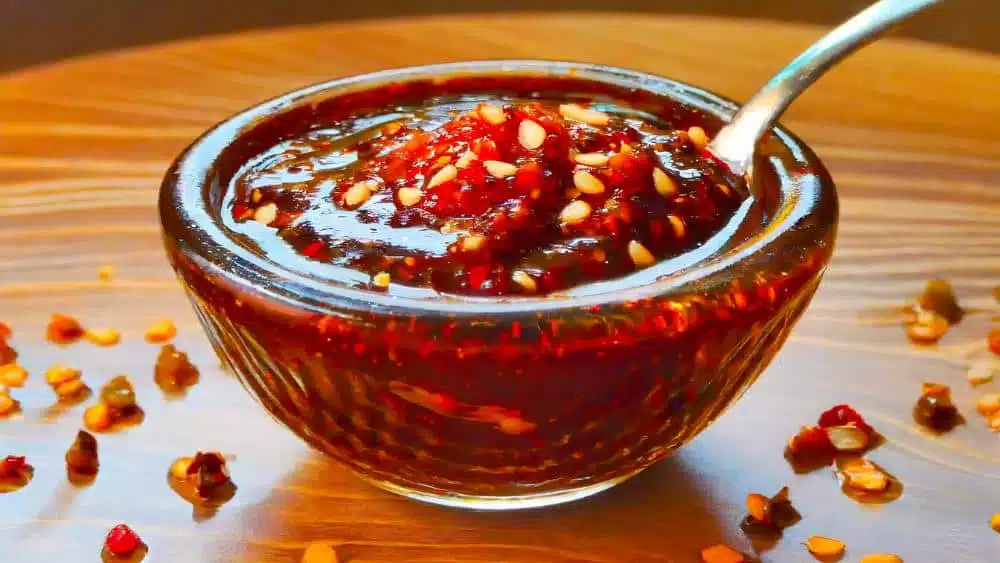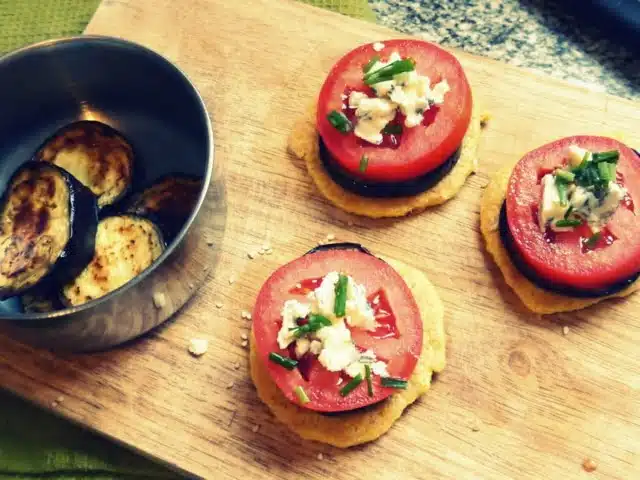Hello, Paulina Cocina followers! I hope you're all doing well, as much as I am. Today I'm going to tell you about the hottest product in the culinary world: edamame, a superfood that seems to be everything good in the world . It's delicious, good for us, healthy, and nourishing. What more could we ask for from this green pod that holds an Asian treasure?
Content table
All about edamame
What is edamame?
Edamame is a Japanese snack that consists of cooking immature (green) soybean pods in salted water and then eating the beans. The word "edamame" is Japanese and literally means "beans on the branch." It is a very typical food in Asian cuisine that has gained popularity in many parts of the world for its health benefits and properties.
A superfood
Edamame is a highly nutritious food that has become popular recently, not only for its rich flavor but also for its health benefits. It is a good source of protein, dietary fiber, omega fatty acids, and other micronutrients such as calcium, iron, phosphorus, sodium, magnesium, and vitamins C, B9, and K.
In addition, it contains isoflavones, compounds associated with several health benefits, including a lower risk of breast cancer in women and prostate cancer in men. This component is also beneficial for cardiovascular and bone health and is widely used to regulate hormonal disorders, such as those that occur during menopause.
Because it's low in calories and fat, many people choose it as a snack . It's also a good alternative for people who don't eat meat , as it's a source of protein that not only doesn't raise "bad" (LDL) but also helps lower it.
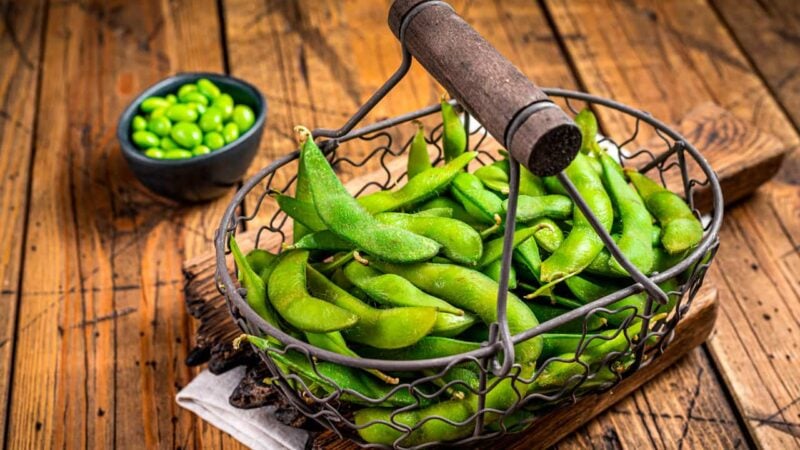
Ancient and popular
Edamame is a legume native to Asia , specifically China, and has been cultivated for several thousand years. This food began to spread to other countries on the continent, such as Korea and Taiwan, gaining particular popularity in Japan, which introduced it as an appetizer in bars and restaurants, but also incorporated it into traditional dishes and recipes.
Edamame is a type of soybean known as "Summer Shell" or "Green Shell ," which is harvested before the pods are fully ripe. Edamame pods are green and soft to the touch, and their beans are tender and sweet . These pods are grown specifically for consumption, which must be consumed within a short period of time, as otherwise they would spoil.
I invite you to discover a little more about Asian culture in these posts about Chinese food and Korean food .
Where do you get it?
Today, edamame is grown in many parts of the world, including Europe, North America, and South America. Therefore, it can be found in many supermarkets and natural food or Asian food stores. It can also be ordered for delivery from websites specializing in this type of food.
It's more common to find it in the frozen section because it's a product that doesn't stay fresh for long, and thus can be better preserved without losing its nutrients. You can buy it in the pod or already shelled, depending on your preference and intended use in the kitchen.
How do you prepare edamame?
To prepare edamame, the most basic way is to wash the pods and remove the tips.
- They can be boiled in salted water or steamed for a few minutes until tender. Then they are drained and seasoned with salt and pepper.
- They can also be sautéed in a little oil or baked with seasonings such as curry or paprika.
What is the way to eat it?
Unlike green beans, which are eaten with the pod, to eat edamame, the beans are removed from their pre-cooked pods. To do this, you can use your hands, or, more fun and tasty, squeeze them between your teeth and then pop them in your mouth, discarding the pod. This is very similar to eating sunflower seeds.
However, this isn't the only way to eat this unique food. Edamame can also be included in salads, soups, croquettes, fritters , and other dishes, adding not only a delicious flavor but also a significant dose of nutrients and protein.
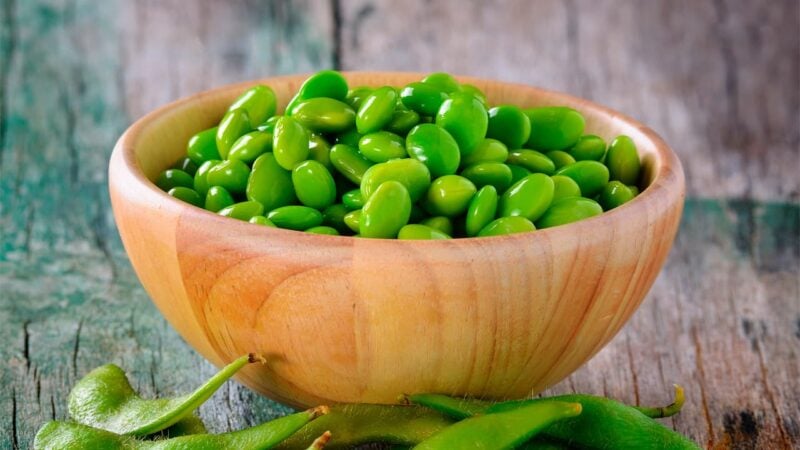
Three recipes with edamame in 10 minutes
1. As a snack or starter: Hot edamame
- Yield: 2 portions
- Preparation time: approximately 10 minutes
Ingredients
- 100 g of edamame pods.
- Olive oil.
- Tabasco.
- Interfine salt.
Preparation
- In a hot pan with a little olive oil, sauté the edamame pods on both sides until golden brown.
- Serve on a platter and sprinkle with fine salt and a few drops of Tabasco.
2. In salad: Edamame with quinoa
- Yields: 4/6 servings.
- Preparation time: approximately 10 minutes.
Ingredients
- 1 cup of quinoa (wash it several times and cook in water for 15`).
- 200 g of edamame beans.
- 200 g cherry tomatoes.
- 1 avocado cut into thin slices.
- ½ cucumber, peeled and thinly sliced.
- 1 handful of chopped cilantro.
- Olive oil.
- Salt and pepper.
- Half lemon juice.
- 1 tablespoon of mustard.
Preparation
- In a bowl, place the cup of cooked and cold quinoa, add the cooked edamame, tomatoes, avocado and cucumber.
- Add the chopped cilantro and make a vinaigrette by mixing the olive oil, lemon juice and the tablespoon of mustard.
- Season to taste.
3. In a French omelet: Spinach and edamame omelet
- Yields: 2 servings.
- Preparation time: approximately 10 minutes.
Ingredients
- 1 cup of cooked and drained spinach.
- 2 eggs.
- 50 g of edamame beans.
- 100 g of mozzarella cheese.
- Salt and pepper.
- Olive oil.
Preparation
- Beat the eggs with a hand mixer or fork until smooth, season with salt and pepper, and add the spinach, previously chopped or blended.
- In a frying pan with a little oil, add the mixture and let it coagulate for 1 or 2 minutes.
- Add the diced mozzarella cheese on one side and the edamame beans on top, fold the other half over, and cook until the cheese begins to melt.
- Serve hot.
